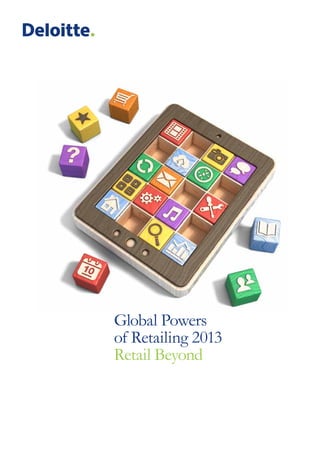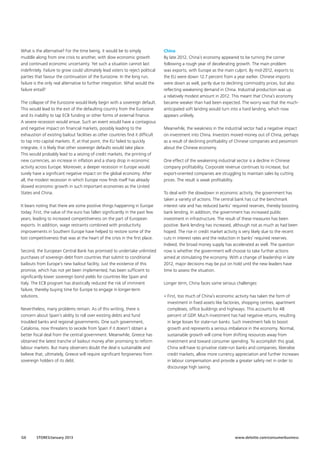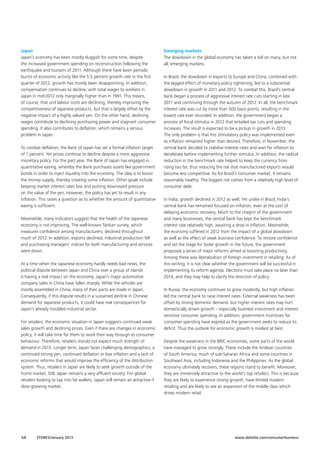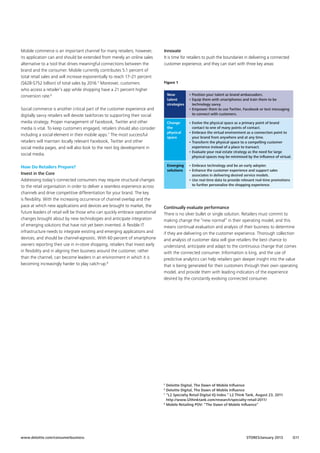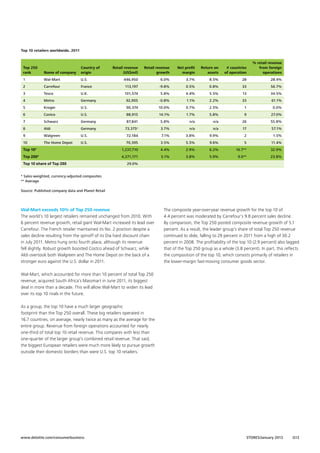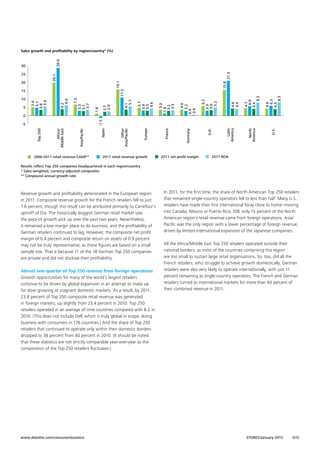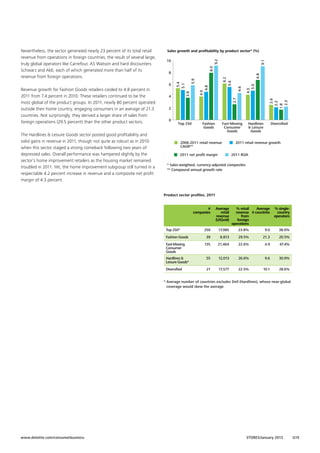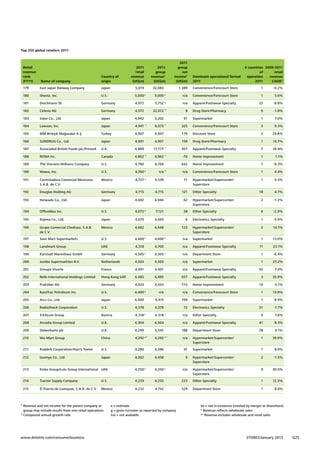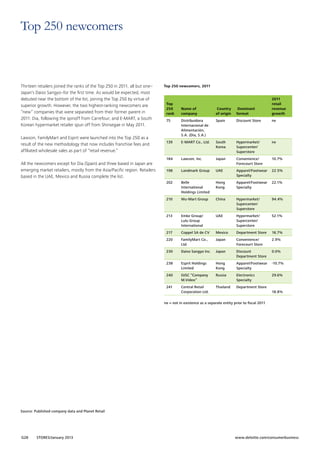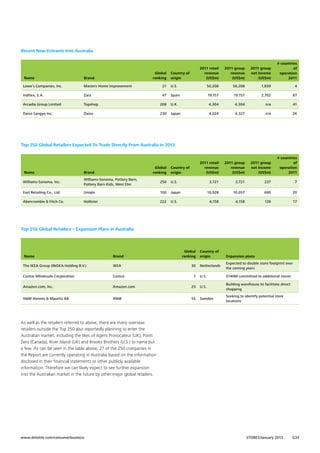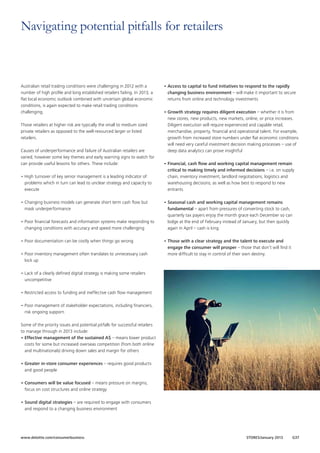This document provides an economic outlook for global retailers in 2013. It discusses the challenges facing Western Europe due to the ongoing sovereign debt crisis and recession in many countries. It notes that a failure to further integrate the Eurozone economically and politically could lead to more sovereign defaults and a deeper recession. The document also summarizes the economic situation and outlook in China and the United States. For China, it describes the government's stimulus efforts to counter slowing growth and discusses longer-term challenges. For the US, it expects the economy to avoid falling off the "fiscal cliff" and to see modestly faster growth in 2013, supported by an improving housing market and consumer spending.
